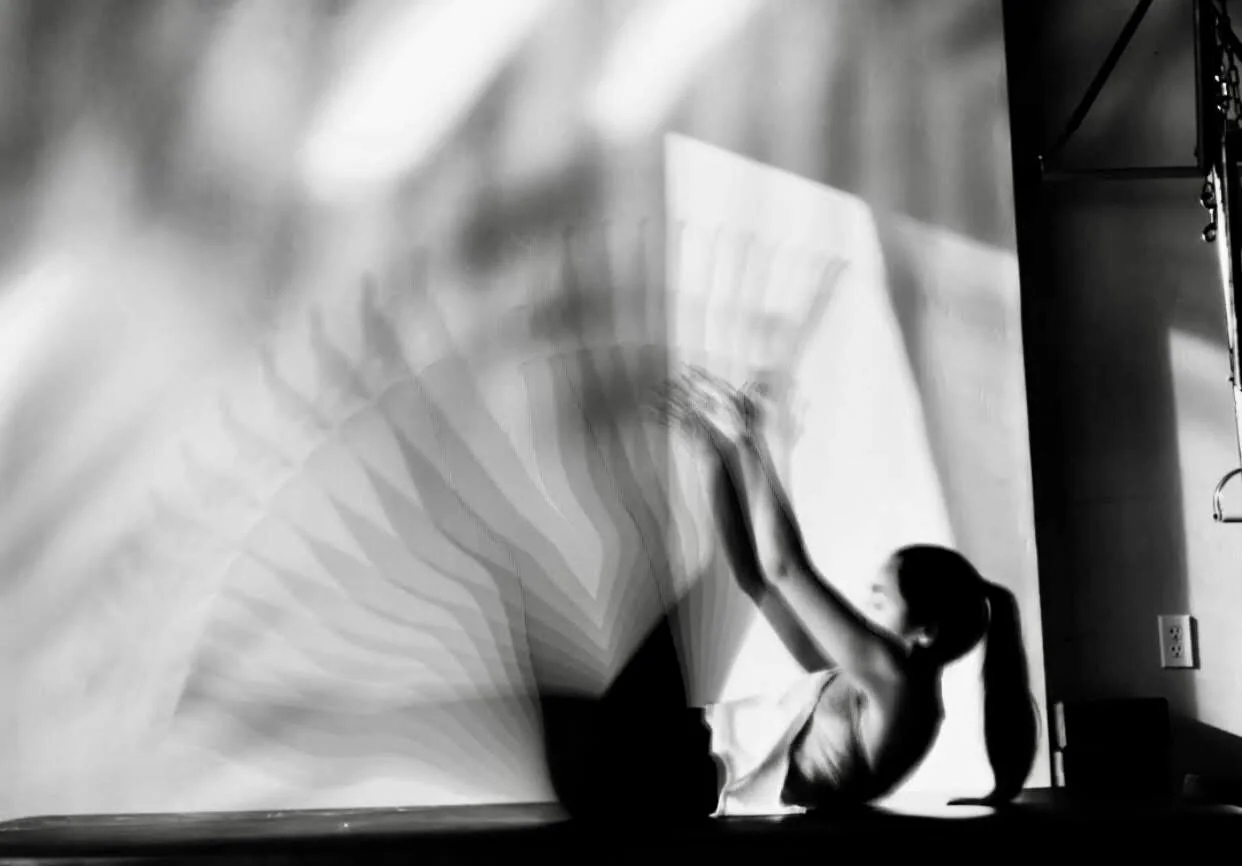What is Pilates?
Pilates is a form of low-impact exercise that aims to strengthen muscles while improving postural alignment, breathing, mobility, and flexibility.
It is a holistic approach to movement that sharpens mental focus and concentration while connecting your awareness to your body. In every session, you will work your entire physique, re-balancing, stretching, and strengthening through functional movement patterns that challenge you to the core.
The benefits of Pilates are both mental and physical. It is widely used in rehabilitation settings and has proven beneficial to fitness advocates and elite athletes. Originally called Contrology, Joseph Pilates, created his unique form of movement to be "the complete coordination of body, mind, and spirit."
A BRIEF HISTORY
Not too far outside of Duesseldorf, Germany, Joseph Hubertus Pilates was born in a town called Mönchengladbach in 1880. Joseph was often sick as a child, suffering from the ills of rickets, asthma, and rheumatic fever. Doctors predicted his life expectancy to be short. However, Joseph was determined to beat the odds. He became obsessed with health and studied Greek and Roman exercises, yoga, meditation, and martial arts.
In 1912, Joseph traveled to England as a circus performer in a greek statue act. When WWI broke out, Joseph and other German nationals were interned in a camp on the Isle of Man. While he was there, he started to teach his physical fitness program and develop his first apparatus. The first apparatuses were created by using springs fashioned around the frame of a hospital bed. Joseph used the springs to support the patient's ailing limbs while he trained them for recovery. Doctors noticed that the patients' were recovering quickly under the tutelage of Pilates methods. He went onto help many victims of wartime diseases and those suffering from the influenza epidemic.
After the war, he set sail in 1923 to America to begin his work training, boxers holding the world title. While on the ship, he met a nurse named Clara. They quickly bonded over their enthusiasm for health, and she soon became his wife. Together, they continued developing and teaching the method known at the time as the "Art of Contrology." By 1926 the first official Pilates studio opened in New York City. His practice began to gain traction with the fitness elite in New York and soon became popular with professional dancers and performers.
Joe and Clara Pilates
In 1945 Joseph wrote the book Return to life through Contrology. Within his writing, you begin to understand the very nature of his philosophy and the true meaning of the method. Joseph Pilates was ahead of his time in his approach to exercise and our overall well-being. His philosophy offers a path to total health rather than a series of exercises to repeat mindlessly. It's a holistic approach the teaches a life-long process of refinement.
HOW DO YOU DO PILATES?
Throughout his career, Joseph Pilates developed over 600 exercises for the various apparatuses. Generally, Pilates is separated into two categories: mat Pilates and the exercises that use large equipment.
Our studio is fully equipped with large and small apparatus, including; Reformer, Trapeze, Barrel, and Chair. In our in-studio sessions, you will have the opportunity to work on the equipment and learn the foundation of where the practice started on the mat. If you have equipment available to you in your own home, we also offer virtual sessions. During virtual and in-studio sessions, you will also work with smaller equipment such as the Pilates Circle, exercise ball, foam roller, elastic bands, and free weights.
Joseph on original apparatus
PILATES PHILOSOPHY + PRINCIPLES
Pilates is a progressive system of exercises that follows a series of core principles. Understanding the principles is essential to getting the most out of practice and gives you a greater understanding of the philosophy and intent behind the method.
Principles
BREATHING: Above all, Breathe CorrectlyCONCENTRATION: Concentrate Deeply CENTERING: Center YourselfCONTROL: Gain Control PRECISION: Be PreciseFLOWING MOVEMENT: Create FlowMIND+BODY+SPIRIT CONNECTION: Become AwareBALANCE: Achieve BalanceWHO IS PILATES FOR?
GREAT FOR PEOPLE WHO ARE:
Anyone new to or are ready to create an exercise routine, including those who aren't sure where to begin
Rehabilitating injuries
Athletes seeking to re-balance their body and move more efficiently
Prenatal or postnatal women seeking to build strength and support during the transformation of childbirth safely
Aging gracefully
WILL I FEEL SORE AFTER?
Depending on your fitness level and the intensity of your workout, you can expect to feel muscle soreness. During your first week, you can expect to feel soreness the next day. After a week, this soreness begins to ease as your body learns the movements. Being sore the next day is a good thing. It means that you are challenging your muscles in a new way. Or you are working with new muscle groups that don't usually get much attention.
THE BENEFITS
Boost core strength and stability
○
Develop balance and coordination
○
Relieve stress and back pain
Improve posture and alignment
○
Refine athletic performance
○
Prevent injury
Combine strength with flexibility
○
Increase muscular tone and endurance
○
Heighten body awareness





